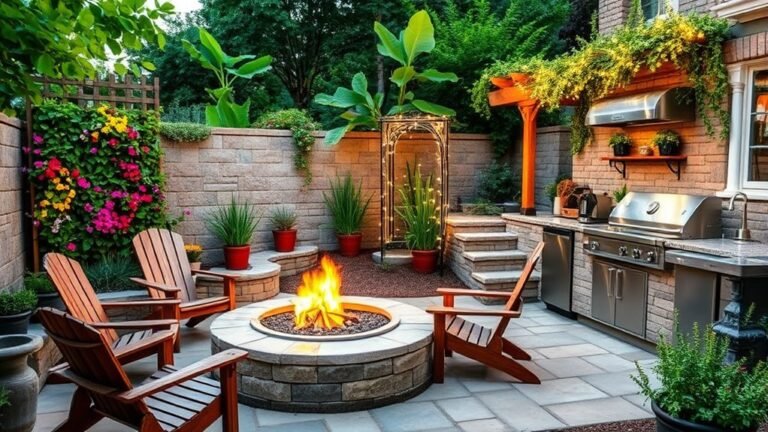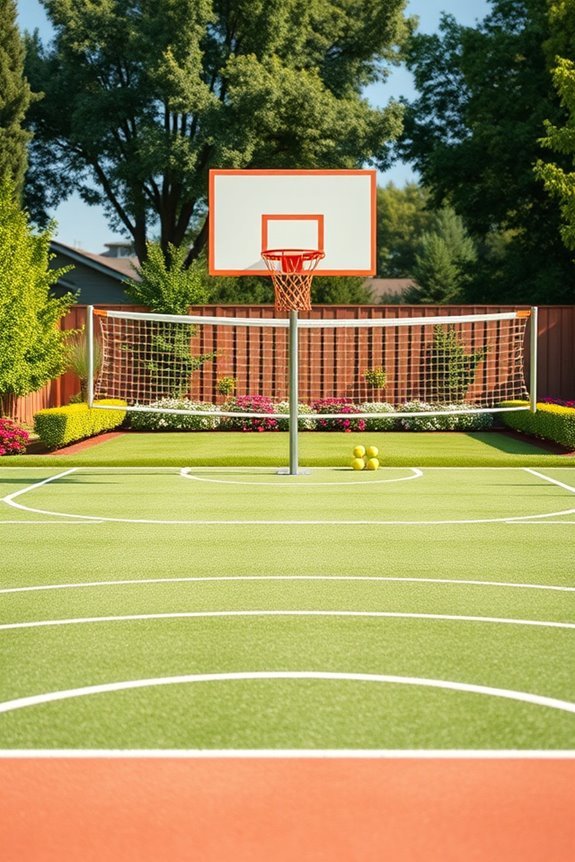What Is Galvanized Pipe? Properties, Pros, and Cons Explained
If you’re involved in any type of plumbing, construction, or home improvement project, you’ve likely come across the term “galvanized pipe.” But what exactly is galvanized pipe, and why is it such a common material used in various applications? In this comprehensive blog post, we’ll dive deep into the world of galvanized pipes – exploring their properties, the advantages and disadvantages of using them, and helping you determine if galvanized pipe is the right choice for your next project.
What is Galvanized Pipe?
Galvanized pipe, also known as galvanized steel pipe, is a type of metal pipe that has been coated with a thin layer of zinc. This zinc coating serves as a protective barrier, shielding the underlying steel from corrosion and rust. The process of applying this zinc coating is called galvanization, hence the name “galvanized pipe.”
The galvanization process involves submerging the steel pipe in a molten zinc bath, allowing the zinc to adhere to the surface of the pipe. This zinc layer acts as a sacrificial anode, meaning it will corrode first before the underlying steel, effectively protecting the pipe from the damaging effects of moisture, chemicals, and other environmental factors.
Galvanized pipes have been a popular choice in the plumbing and construction industries for decades, thanks to their durability, affordability, and versatility. They are commonly used for a wide range of applications, including:
- Residential and commercial plumbing systems
- Irrigation and sprinkler systems
- Gas lines
- Electrical conduits
- Structural support in buildings and fences
Properties of Galvanized Pipe
Galvanized pipes possess a unique set of properties that make them a desirable choice for various applications. Let’s take a closer look at some of the key properties of galvanized pipe:
Corrosion Resistance
The primary benefit of galvanized pipe is its exceptional resistance to corrosion. The zinc coating acts as a barrier, preventing the underlying steel from coming into direct contact with moisture, chemicals, and other corrosive elements. This makes galvanized pipes well-suited for use in environments where they may be exposed to water, humidity, or other potentially corrosive conditions.
Durability and Longevity
Galvanized pipes are known for their durability and long-lasting performance. When properly installed and maintained, galvanized pipes can have a lifespan of 40-50 years or more, making them a reliable choice for long-term projects and applications.
Strength and Rigidity
Galvanized pipes are made from steel, which gives them a high degree of strength and rigidity. This makes them well-suited for structural applications, such as supporting the weight of buildings, fences, or other heavy loads.
Temperature Resistance
Galvanized pipes can withstand a wide range of temperatures, from freezing cold to extreme heat, without compromising their integrity or performance. This makes them a versatile choice for use in various climates and environments.
Easy Maintenance
Galvanized pipes require relatively little maintenance compared to other types of pipes. The zinc coating helps prevent the formation of rust and corrosion, reducing the need for frequent cleaning, repairs, or replacement.
Affordability
Galvanized pipes are generally more affordable than other pipe materials, such as copper or stainless steel. This makes them a cost-effective option for many plumbing, construction, and industrial projects.
Advantages of Galvanized Pipe
Now that we’ve explored the key properties of galvanized pipe, let’s dive into the main advantages of using this material:
Corrosion Resistance
As mentioned earlier, the zinc coating on galvanized pipes provides exceptional protection against corrosion, making them a reliable choice for use in wet or humid environments. This corrosion resistance helps extend the lifespan of the pipes, reducing the need for frequent repairs or replacements.
Durability and Longevity
Galvanized pipes are known for their long-lasting performance, with a typical lifespan of 40-50 years or more when properly installed and maintained. This durability makes them a wise investment for projects that require a reliable and long-lasting piping solution.
Versatility
Galvanized pipes can be used in a wide range of applications, from plumbing and irrigation systems to structural support and electrical conduits. Their versatility makes them a popular choice for both residential and commercial projects.
Easy Installation
Galvanized pipes are relatively easy to install, as they can be threaded, coupled, and connected using standard plumbing fittings and tools. This simplifies the installation process and reduces the overall cost of the project.
Cost-Effectiveness
Compared to other pipe materials, such as copper or stainless steel, galvanized pipes are generally more affordable. This makes them a cost-effective option for budget-conscious projects or applications where cost is a primary concern.
Aesthetic Appeal
While not necessarily a primary consideration for many projects, galvanized pipes can also have a visually appealing appearance, with a distinctive metallic sheen that can complement certain design styles or industrial-inspired aesthetics.
Disadvantages of Galvanized Pipe
While galvanized pipes offer numerous advantages, there are also some potential drawbacks to consider:
Susceptibility to Corrosion Over Time
Despite their initial corrosion resistance, galvanized pipes can still be susceptible to corrosion and rust over time, especially in highly corrosive environments or if the zinc coating becomes damaged or worn down. This can lead to leaks, reduced water flow, and the need for eventual replacement.
Potential for Lead Contamination
Older galvanized pipes may contain lead, which can leach into the water supply and pose a health risk, particularly for young children. This is a concern primarily for older homes or buildings with aging plumbing systems.
Limited Compatibility with Other Pipe Materials
Galvanized pipes may not be compatible with certain other pipe materials, such as copper or plastic, which can lead to galvanic corrosion and potential leaks if not properly connected. This can complicate the integration of galvanized pipes into existing plumbing systems or when transitioning to different pipe materials.
Difficulty with Modifications or Repairs
Modifying or repairing galvanized pipes can be more challenging compared to other pipe materials, as the zinc coating can be difficult to work with and may require specialized tools or techniques.
Potential for Mineral Buildup
Over time, minerals and scale can build up inside galvanized pipes, reducing water flow and pressure. This may require periodic cleaning or replacement to maintain optimal performance.
Considerations for Using Galvanized Pipe
When deciding whether to use galvanized pipe for your project, there are several key factors to consider:
Project Type and Environment
The specific application and environment in which the pipes will be used should be a primary consideration. Galvanized pipes are generally well-suited for applications where corrosion resistance is a top priority, such as in plumbing systems, irrigation, or outdoor structures. However, they may not be the best choice for highly corrosive environments or applications that require frequent modifications or repairs.
Local Regulations and Building Codes
It’s important to check your local building codes and regulations to ensure that galvanized pipes are an approved and acceptable material for your specific project. Some areas may have restrictions or requirements regarding the use of galvanized pipes, particularly in certain applications like drinking water systems.
Compatibility with Other Materials
If you’re integrating galvanized pipes into an existing plumbing or construction system, make sure to carefully consider the compatibility with any other pipe materials, fittings, or fixtures. Proper connections and transitions are crucial to avoid issues like galvanic corrosion.
Maintenance and Replacement Needs
Factor in the long-term maintenance and potential replacement needs of galvanized pipes. While they are generally low-maintenance, the zinc coating can eventually wear down, and the pipes may require more frequent inspections and potential replacements compared to some other pipe materials.
Cost Considerations
Weigh the upfront cost savings of galvanized pipes against the potential long-term maintenance and replacement expenses. In some cases, a slightly higher initial investment in a more durable pipe material may be worthwhile if it reduces the need for future repairs or replacements.
Conclusion
Galvanized pipe is a versatile and widely-used material that offers a unique combination of properties, including corrosion resistance, durability, and affordability. While it may not be the best choice for every application, galvanized pipe remains a popular and practical solution for a wide range of plumbing, construction, and industrial projects.
By understanding the properties, advantages, and potential drawbacks of galvanized pipe, you can make an informed decision about whether it’s the right choice for your next project. Remember to carefully consider the specific requirements, local regulations, and long-term maintenance needs to ensure that galvanized pipe meets your needs and provides a reliable, cost-effective solution.



